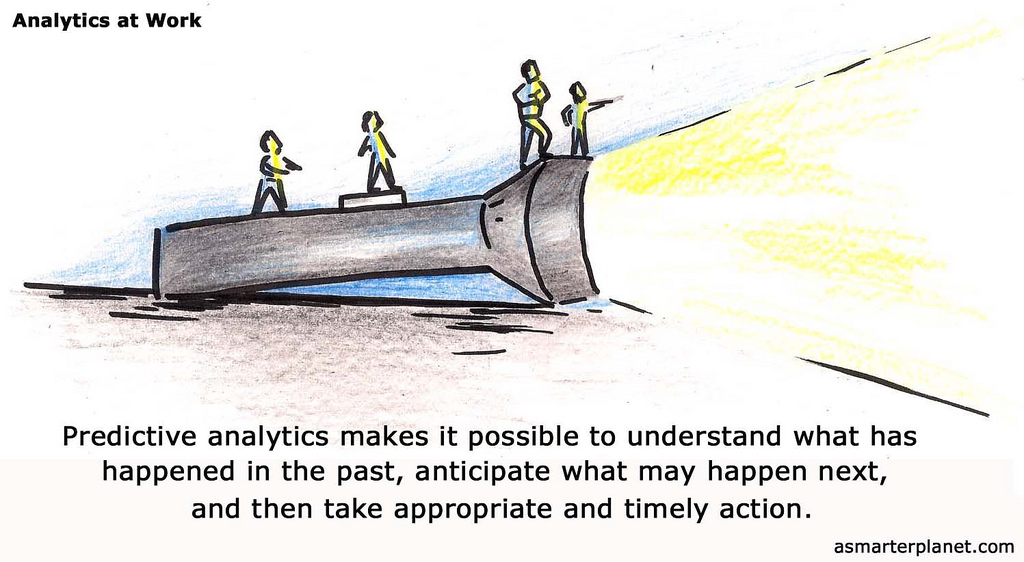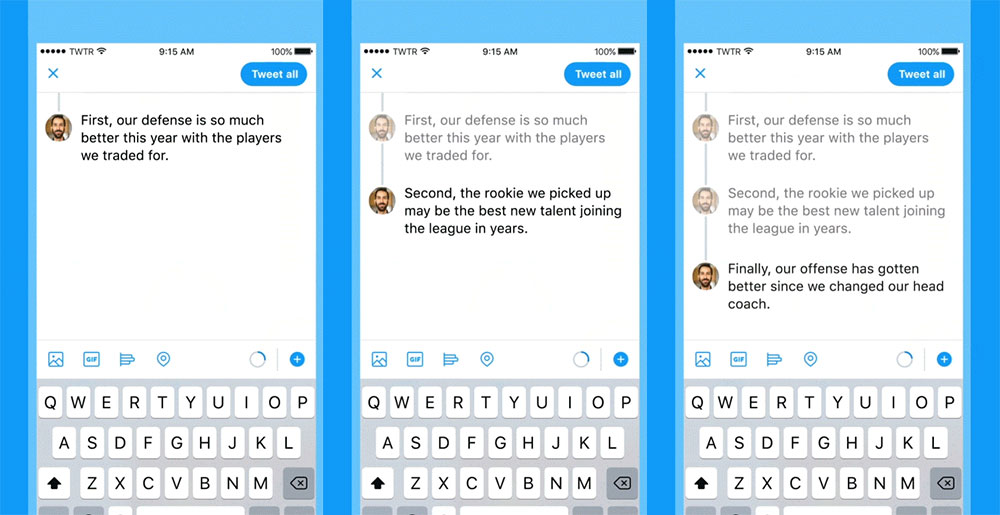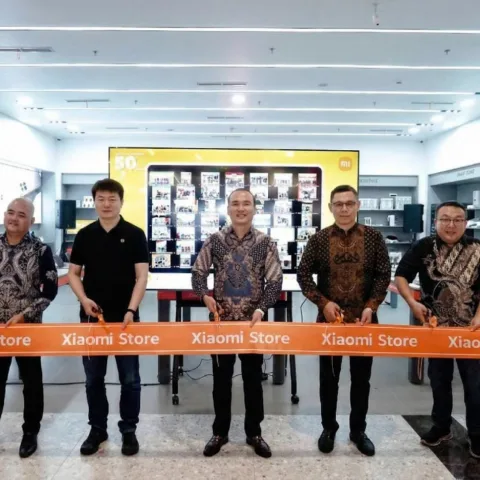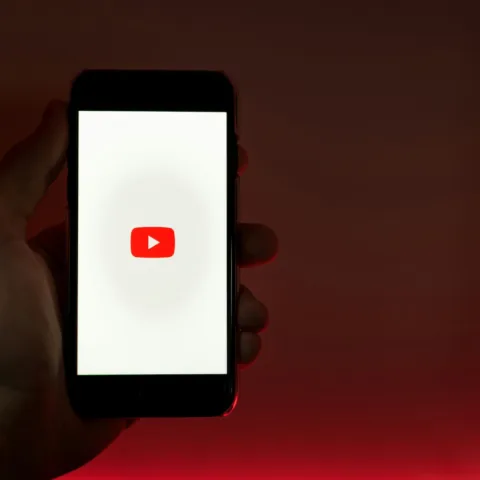Looking to get maximum ROI from all your marketing efforts? Then it’s time you became best friends with predictive marketing technology. Not long ago, big companies would invest immeasurable effort and money collecting data to decipher the behaviour of their customers. But the digital landscape has drastically changed, with online marketing becoming ever more competitive and the online customer spread out across different channels.
But here’s the good news! The advent of new technologies has paved the way for new marketing platforms to convert gigantic data algorithms into optimized predictive technologies.
Rest assured and leave your data science textbook at home. In this article, you will learn how to optimize online marketing with predictive technologies, targeting visitors even before they enter your website.
What is Predictive Marketing Technology?
Predictive marketing technology analyses data about your website visitors to identify patterns. Using this information, marketers are able to deliver targeted experiences to groups of visitors who behave in similar ways and help to move them along the sales funnel.
Our latest research on ecommerce data collected in Indonesia shows that female conversion rate on mobile is more than 50%, with male rates around 40%, whereas in desktop male conversion rate is higher than 60%, with female rates standing below 50%. With this data in hands, marketers can use predictive technologies to specifically target visitors based on their gender.
For instance, knowing that women convert more on mobile, companies that wish to target a female audience can tailor the mobile experience with custom menu and real-time product recommendations to create hyper-personalized experiences for female visitors (who are already 50% more likely to purchase). So instead of wasting effort and money trying to reach out female customers on desktop, brands can channel their communication and build a more direct connection with them on mobile devices.
How does it work?
The way it works inside the tool is actually quite simple. Say your website gets a thousand visitors and the technology predicts that a hundred of them have a high likelihood of making a purchase. All you need to do is to integrate a marketing tech platform into your chosen ad platform(s) (Google Adwords, Facebook Ads, Yandex Direct) to push this segment of users who have a high purchase potential into your ad platform(s).
You will then be able to reach out to these visitors across the web, mobile web, and apps, and communicate with them directly through targeted ads. Since the platform already predicted that they have a high likelihood of making a purchase, you will see far more conversions than you would when using the conventional ‘spray-and-pray’ approach. Plus, your Return on Ad Spend (ROAS) will increase dramatically.
Using predictive technology, marketers can better understand their users’ preferences and point them to the appropriate messages, products, or discounts, making them more likely to engage. This enables marketers to optimize their ad spend and streamline their conversion funnel.
In short, this technology analyzes data from all your visitors (prospects and customers), draws out patterns in their preferences, and identifies specific group habits to predict a new visitor’s behavior. But that’s not all. Using predictive marketing technology you can score your visitors on their purchase likelihood and send them highly targeted and personalized notification.
Another insight from our research on the Indonesian ecommerce space shows that traffic on mobile web in the country is as high as 71%. This means that there is a huge potential for marketers to target mobile users with a higher discount affinity and a lifetime value, some of the features informed by predictive technologies. This way, marketers can better understand beyond historical and real-time data and predict future behaviours. And the results are unparalleled: with personalized and tailored communication, customers become more engaged and convert better.
Closing the Gap Between Marketing and Advertising
If you’re running an ecommerce site you will, of course, have an advertising strategy. You might be using AdWords, Facebook Ads, Display Ads, and many more, to catch the attention of visitors across the web. You don’t know much about these people, but you hope they’ll click on your ads and visit your website thanks to all the segmentation and targeting you’ve implemented via your ad platform. To make this strategy successful, you’ve probably set aside a huge budget for online advertising, yet, more often than not, you’re still unable to justify your ad spend. The return simply does not match up with all the effort, time and money you put into your strategy.
Let’s look back at the Indonesian data previously mentioned to understand this scenario and how predictive technology can change the game with the use of personalization tools. The figures show that while desktop activities reach a maximum of 40% peak during the day, between 9:00 in the morning and 4:00 in the afternoon, mobile sessions are as high as 90% in the wee hours, with its peak at 4:00 in the morning. This means that during the day, visitors spend more time on desktop browsing than on mobile, but during early morning, evening and late night, mobile visits spike exponentially.
With this valuable demographic insight, marketers can optimize customers’ journeys according to their digital channel and target the right audience at the right time. Here is where technology helps close the gap between marketing and advertising. Using platforms like Insider, you can predict which of your visitors have a high likelihood of making a purchase and reach out to these folks on various ad platforms anonymously.
When and How to Get Started?
Like any other relationship, reaping the full benefits of investment in predictive marketing technology requires a long term effort. This is because the accuracy and efficiency of any data engine relies on how much data there is in the system. The richer the data, the more accurate patterns and insights can be drawn from it. So the best time to get started is now.
To get started, all you need to do is integrate a predictive marketing technology platform with your website, allowing it to start collecting data and creating smart segments which you can use to hyper-target visitors with a high likelihood of conversion. You will definitely see your marketing numbers rising. The tools available are quite simple, user-friendly, and do not require any coding or data science knowledge. Just choose the one that best suits your business’ targets, pick it off the shelf and there you are, ready to send relevant messages and establish more personal communication with the user segments that really matter.
–
Disclosure: This guest post is written by Edwin Halim. Halim works as a Strategic Account Manager at Insider. He can be reached via email: [email protected].











